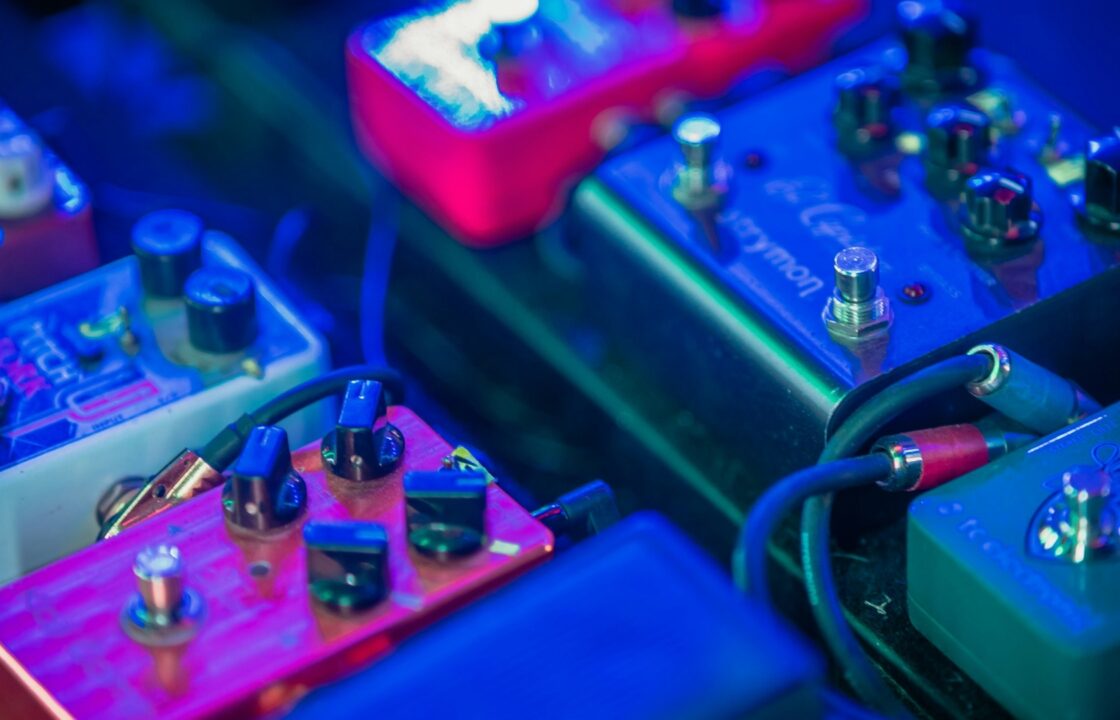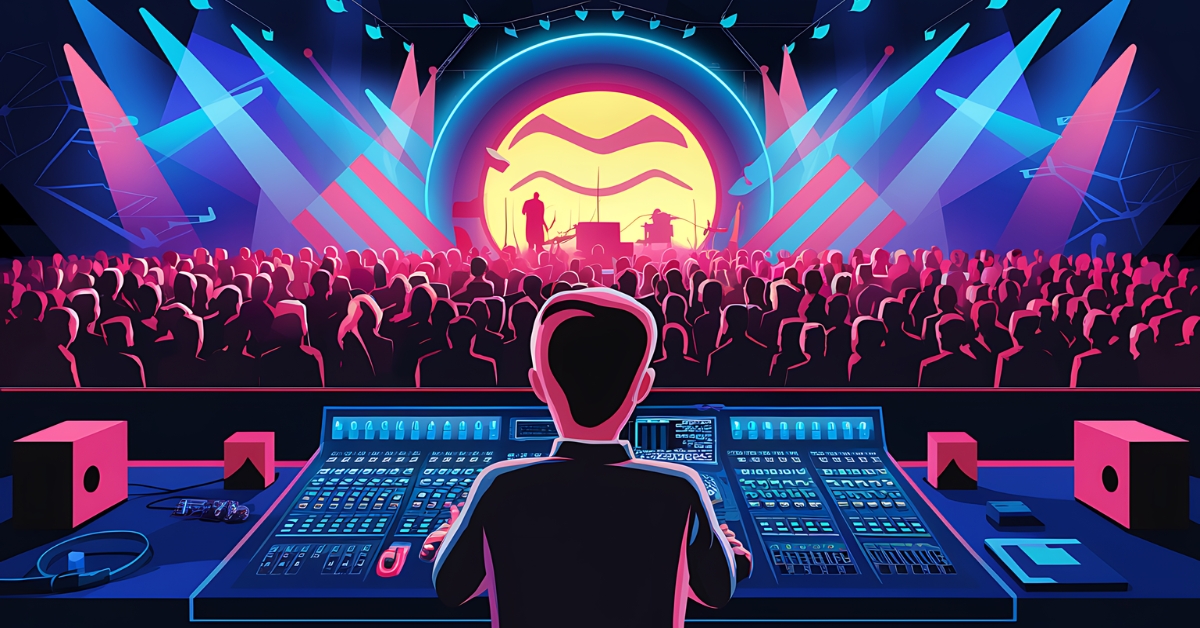
When you’re mixing in your studio, you’re in control of the room. Most importantly, you’re mixing for your ears only. Live sound is a whole other story—the signals are louder, you need to work on the fly, and you’re mixing for a lot more people.
So, with that being said, we need to get you ready for the job! Continue on to learn about our top picks for the best digital mixing boards of year. Any of these options will provide a great workflow for your live mixing experience.
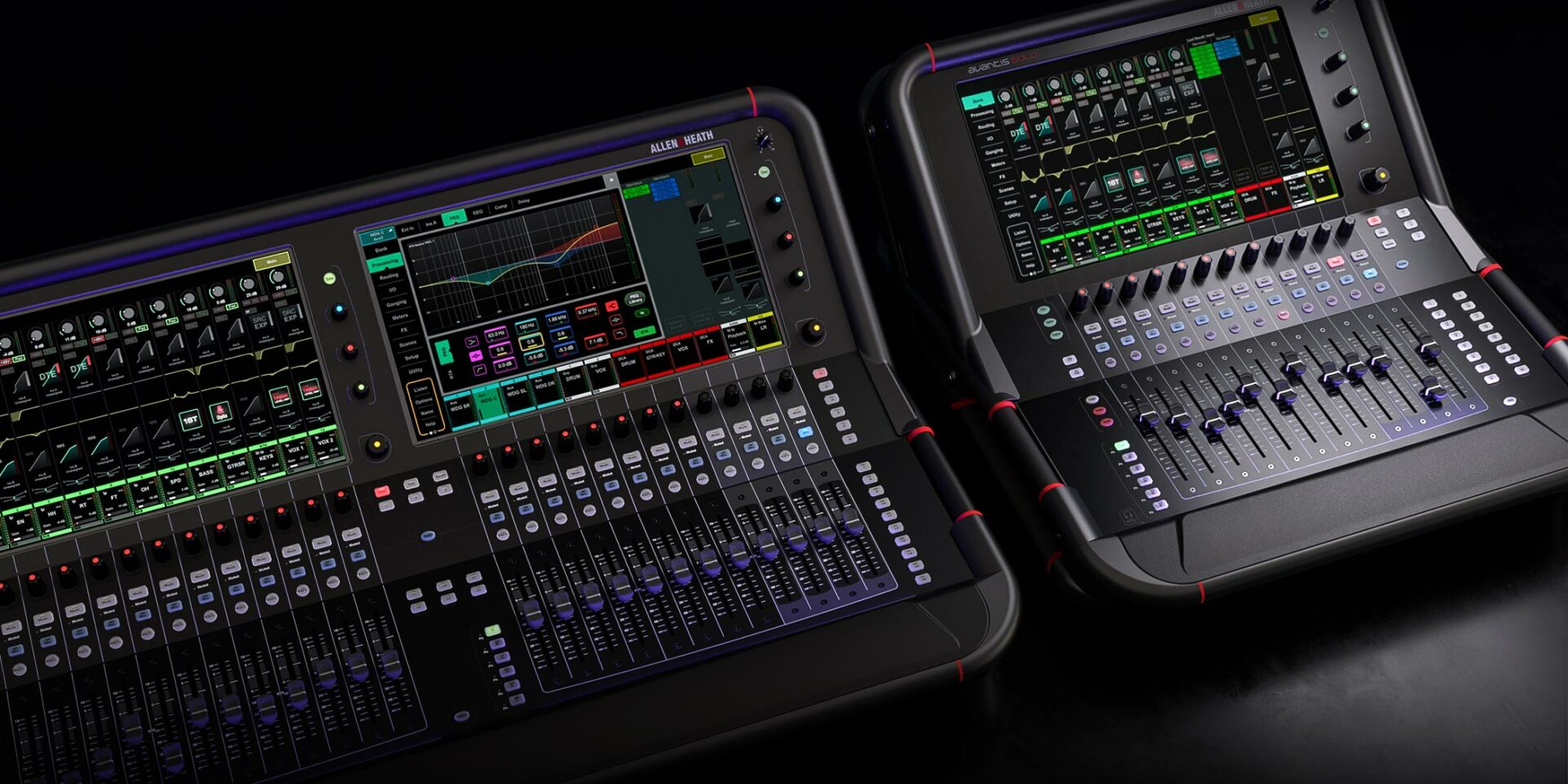
Allen & Heath Avantis
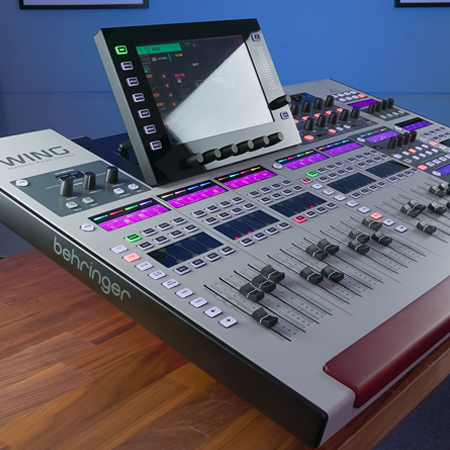
Behringer WING
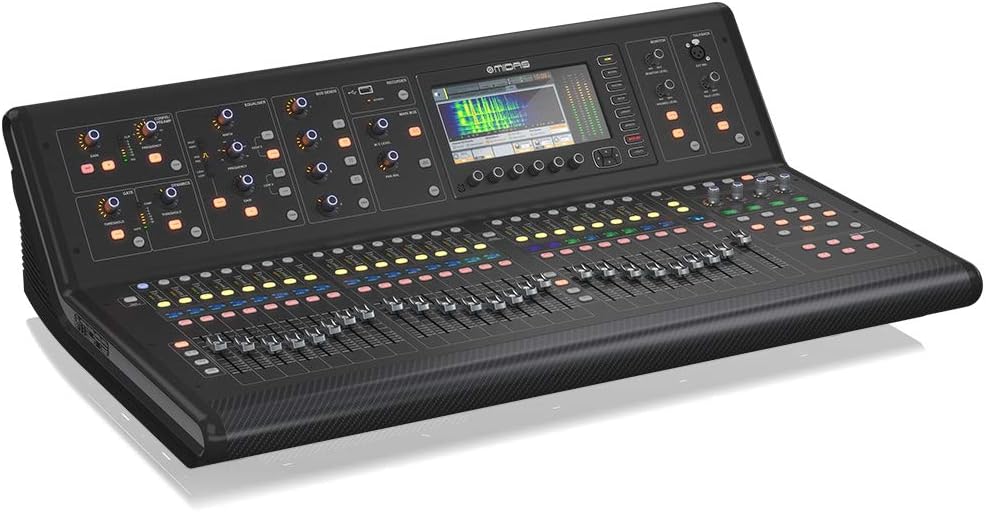
Midas M32

PreSonus StudioLive 64S
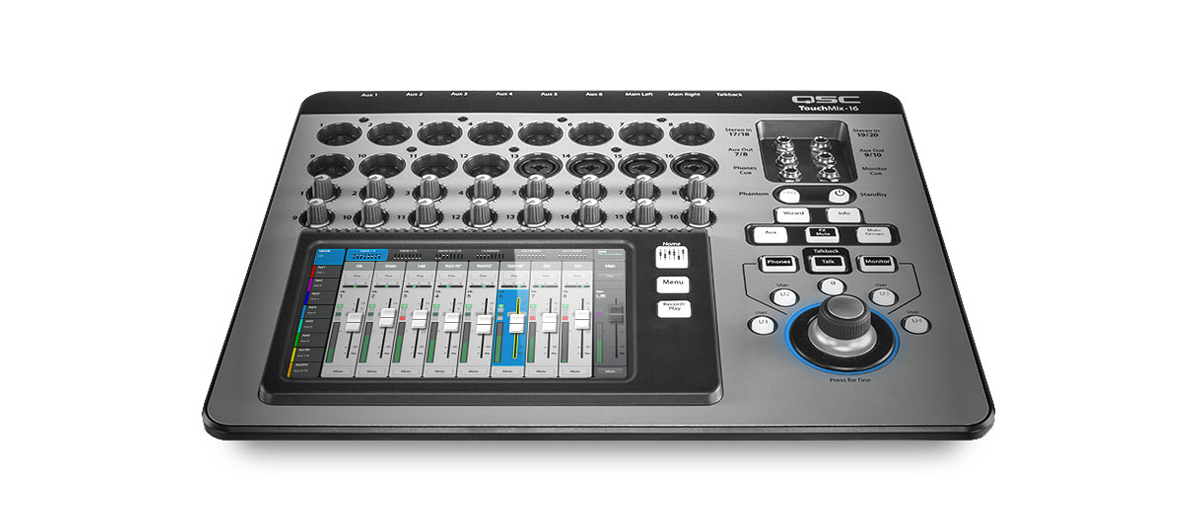
QSC TouchMix-16
1. Allen & Heath Avantis 64-channel Digital Mixer

Highlights
⚫ 42 bus architecture
⚫ 24 touch-sensitive and motorized faders, 24 assignable softkeys
⚫ 2 15.6” full-HD capacitive touch-screen displays
First on our list of the best digital mixing boards is the Avantis by Allen & Heath. This console merges old-school analog mixing with cutting-edge digital processing, which is obvious in the UI. The Continuity UI design creates a seamless connection between the physical controls and the two screens.
For instance, you can work on gains via the rotaries and then fold the display to show parameters across the whole bank with the touch of a button. Keep in mind that although you have 24 physical faders on the console, the controls can be expanded to 144 fader strips over six layers.
Under the hood, the Avantis is running on an XCVI FPGA engine with ultra-low latency (0.7 ms). The console also features 12 RackExtra FX slots. As for the I/O options, you get 12 XLR analog inputs, 12 XLR analog outputs, and AES (1 in and 2 out).
Allen & Heath Avantis
This console may cost an arm and a leg, but it will last you a lifetime.
2. Behringer WING 48-channel Digital Mixer

Highlights
⚫ 28 bus mixes
⚫ 24 motorized faders, 4 fully assignable rotaries
⚫ 10” capacitive, swivel-able (15–60°) touch-screen display
When you tally up all the possible I/O options on the WING, they add up to 374 sources. To handle this amount of sources, each of the available 48 channels can operate as mono, stereo, or mid-side. Plus, the 40 stereo inputs have five plug-in processing slots.
WING runs on 40-bit floating-point internal processing. The round-trip latency on the console is 1 ms. The Klark Teknik SuperMAC technology on the AES50 ports also helps keep the jitter and latency low.
Behringer WING
Ergonomically, this is our favorite console on the list.
3. Midas M32 LIVE 40-channel Digital Mixer

Highlights
⚫ 25 mix buses
⚫ 16 input faders, 8 bus faders, 1 main fader
⚫ 7” TFT display
When it comes to talking about the best digital mixing boards, the name Midas is always in the mix. With that being said, the M32 doesn’t disappoint.
The M32 LIVE packs Midas’ legendary preamps with a dual RCA input, 6 TRS, and 16 output processing channels. For internal processing, the 40-bit floating-point DSP supports a full 112dB dynamic range.
Meanwhile, the Cirrus Logic converters boast a 114dB dynamic range for low distortion.
Midas M32
This console is perfect for theater with it’s large cue bank.
What something smaller and easier to lug around? Check out our top picks for the best portable PA systems of 2024.
4. PreSonus StudioLive 64S 64-channel Digital Mixer

Highlights
⚫ 76 mix, 32 FlexMixes (aux, subgroup, and matrix).
⚫ 33 touch-sensitive and motorized faders.
⚫ 7” touch-screen display.
At the heart of the flagship StudioLive 64S is a quad-core FLEX DSP engine capable of firing 526 processors simultaneously. This is the best DSP you’ll get from a PreSonus Series III console. The result is support for a total of 76 mix channels. Including 64 channels (sourced from local inputs), 2 aux, and 8 FX returns. To bank through all the layers, you just need to use the “Prev” and “Next” buttons on the top.
On the back of the console, you have 32 mic/line inputs, 16 XLR outs, and LCR (left-center-right) output. The “center” in the LCR actually can be either a dedicated center channel or a mono subgroup output. You’ll still have individual channel control for that subgroup, too.
PreSonus StudioLive 64S
If you want to use Studio One for live recording, then this console is a perfect companion.
5. QSC TouchMix-16 22-channel Touch-screen Digital Mixer

Highlights
⚫ 16 mic/line, 4 line, stereo USB
⚫ Virtual faders
⚫ 10” TFT capacitive screen with multi-touch support
Rounding out our list of the best digital mixing boards is the QSC TouchMix-16. Rather than physical faders, the TouchMix-16 features on-screen controls. This virtual setup helps QSC keep the form factor compact, making it easier to take the mixer to gigs. The mixer board is also rack-mountable.
That said, the small size doesn’t compromise the performance. You get 32-bit floating-point internal processing, four-band parametric EQ, four onboard effects models, a gate, and a compressor. There’s a real-time analyzer that breaks the spectrum into frequency bands to help you identify feedback frequencies, too.
QSC TouchMix-16
If compact is your game, then the QSC TouchMix is the name.
Frequently Asked Questions
Looking to expand your live rig? If so, you need some good microphones. Check out our top picks for the best wireless microphones for musicians and performers.
Product Recap
Now that you know the best digital mixing boards out there, the question is, which one will you choose?
If a high-end console is what you need, then the Allen & Heath Avantis would be the obvious choice. It can handle large concerts with a lighting-fast workflow and a super intuitive display. But if you’d rather have two expert engineers sharing the board, we’d recommend the Behringer WING. Not everyone needs the bells and whistles, though. In that case, the affordable yet powerful TouchMix-16 would be a perfect choice.
If you found this guide helpful, please consider subscribing to our blog for more music production tips, product reviews, and buying guides. Also, you can support new content by contributing to our tip jar.
“Some of the links within this article are affiliate links. These links are from various companies such as Amazon. This means if you click on any of these links and purchase the item or service, I will receive an affiliate commission. This is at no cost to you and the money gets invested back into Audio Sorcerer LLC.”
